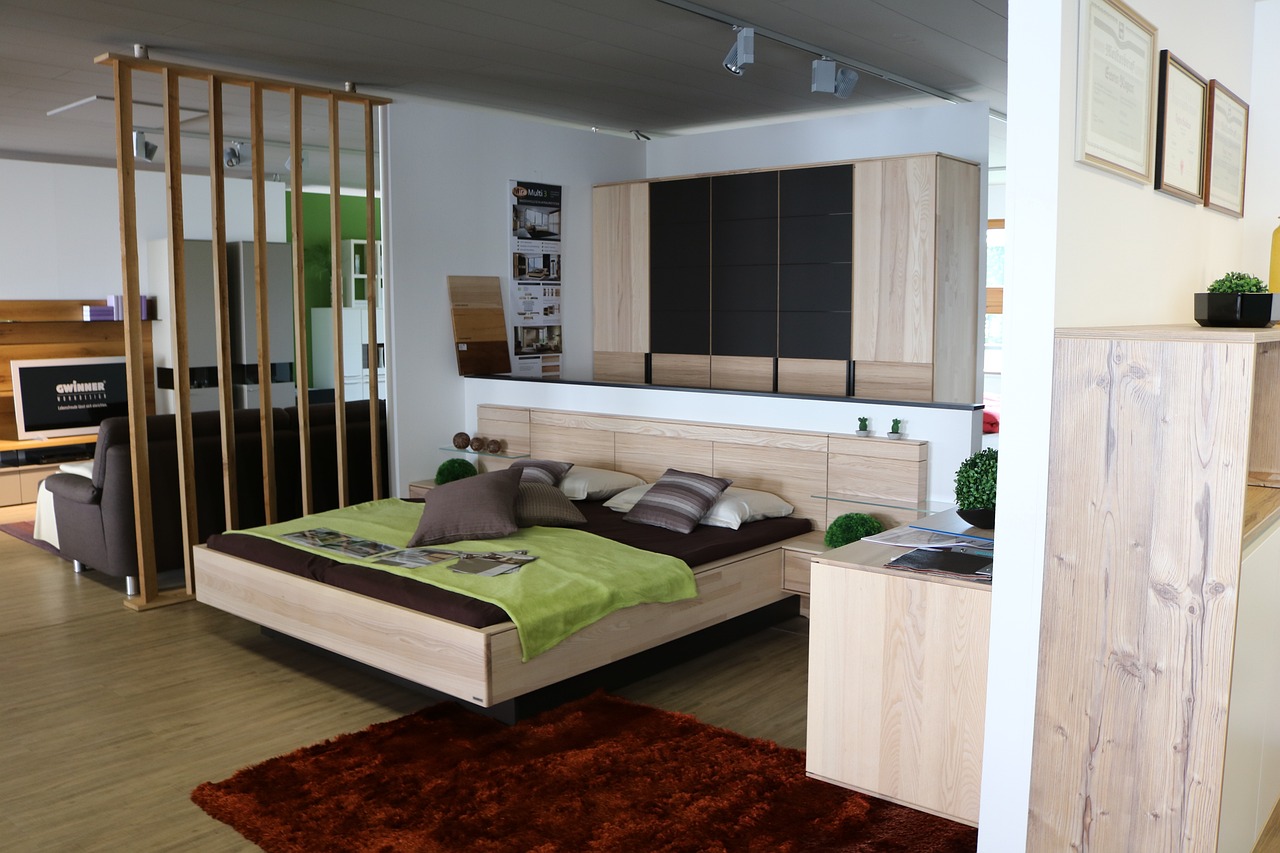Micro-Unit Apartments: Small Spaces, Big Investment Potential
Micro-unit apartments are rapidly emerging as a compelling solution to urban housing shortages, affordability crises, and shifting lifestyle preferences. With average unit sizes hovering below 400 square feet, these compact living spaces are attracting not only cost-conscious renters but also forward-thinking investors. As cities like New York, Seattle, and San Francisco witness a growing demand for efficient urban dwellings, micro-units are carving out a niche that challenges conventional real estate wisdom. Investors and developers are taking notice, drawn by higher occupancy rates and robust rental yields, even as questions about long-term viability remain.

Urban Density and the Micro-Unit Movement
The concept of micro-unit apartments has its roots in the crowded metropolises of Asia and Europe, where space has always come at a premium. Tokyo’s capsule hotels and Parisian studio flats set the stage for what would eventually reach American shores. In the early 2010s, rising urban populations and skyrocketing rents in U.S. cities sparked renewed interest in maximizing space efficiency. Developers began to experiment with smaller, smarter layouts, often featuring communal amenities to compensate for reduced private space. This trend gained further traction post-2015, as Millennials and Gen Z renters prioritized location and affordability over square footage. By 2020, several major cities had relaxed zoning regulations to permit micro-units, signaling a shift in urban housing strategies.
Market Trends and Financial Performance
Micro-units are delivering impressive financial results for investors and developers. According to recent data from real estate research firms, micro-unit apartments can command 20-30% higher rent per square foot compared to traditional apartments in the same neighborhood. This is largely due to their prime locations—often near public transit, employment hubs, and cultural centers—where renters are willing to pay a premium for convenience. Occupancy rates also tend to outpace the broader rental market, with some micro-unit projects reporting consistent occupancy above 95%. For investors, these factors translate into attractive cash flow, quicker lease-ups, and lower vacancy risk. The model also allows for a greater number of units per building, optimizing land use and boosting overall returns.
Advantages for Renters and Investors
For renters, micro-units offer an entry point into desirable urban neighborhoods that might otherwise be out of reach. All-inclusive rents often cover utilities, Wi-Fi, and access to shared amenities like lounges, gyms, and rooftop gardens. These features appeal especially to young professionals, students, and individuals seeking flexibility without long-term commitments. For investors, the ability to attract a broad tenant pool—including singles, remote workers, and digital nomads—diversifies risk. The high rent per square foot boosts income potential, while the focus on efficient design and shared spaces can reduce construction and operational costs. In markets with acute housing shortages, micro-units also present an opportunity to meet urgent demand and capture fast-growing segments.
Challenges and Regulatory Hurdles
Despite their promise, micro-unit developments face several obstacles. Zoning codes and minimum unit size requirements in many cities still restrict widespread adoption. Community resistance can also arise, with concerns about overcrowding, parking shortages, and impacts on neighborhood character. Developers must carefully balance unit size with livability, ensuring that micro-units offer functional layouts and sufficient natural light. From an investment perspective, the long-term durability of demand is still being tested. While younger renters are enthusiastic, some question whether micro-units can retain appeal as tenants age or seek to start families. Additionally, the COVID-19 pandemic highlighted the importance of private space, causing temporary shifts in renter preferences that developers must monitor.
The Future Outlook for Micro-Units
Looking ahead, micro-units are poised for continued growth, particularly in high-cost, high-density urban centers. Recent policy changes in cities like Boston and Los Angeles are opening doors for new projects, while innovative designs—such as convertible furniture and modular walls—are enhancing livability and marketability. Investors should watch for developments in building technology and tenant services that further differentiate micro-units from traditional small apartments. As affordability pressures persist and urbanization trends accelerate, micro-units are likely to remain a vital part of the housing landscape. For buyers, sellers, and investors alike, understanding the nuances of this niche can unlock new opportunities in an increasingly competitive real estate market.
Practical Considerations for Stakeholders
Developers considering micro-unit projects must conduct thorough market research to identify locations with strong demand and favorable regulatory environments. Collaborating with architects skilled in space-efficient design is crucial to maximize both functionality and appeal. Investors should evaluate not only the headline rent per square foot but also turnover rates, maintenance costs, and the potential for future appreciation. For renters, weighing the trade-offs between size and location is essential, as is assessing the value of included amenities. Policymakers, meanwhile, can support innovation by streamlining approval processes and encouraging mixed-income micro-unit developments to foster inclusive urban communities.
Rethinking Urban Living and Investment
Micro-unit apartments challenge traditional assumptions about what makes a desirable home or a sound investment. By prioritizing location, efficiency, and community, they address some of the most pressing issues facing today’s cities. While the model is not without its challenges, the financial and social benefits are increasingly clear. As urban real estate evolves, micro-units offer a fresh and flexible solution, delivering value to renters and investors while reshaping the future of city living. For anyone looking to stay ahead of the curve in property investment, keeping a close eye on the micro-unit trend is not just advisable—it’s essential.




